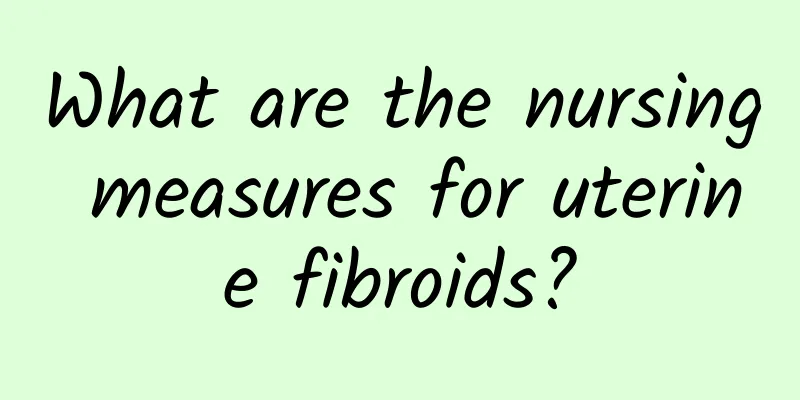Acne on the breast

|
If you find acne on your breasts, you should closely observe changes in symptoms. If other symptoms appear, you should go to the hospital immediately for treatment. Because the incidence of breast diseases is becoming more and more high, if it is not treated in the first time, your condition will worsen again and again, and eventually become uncontrollable. Therefore, it is best to find the cause and treat it in the early stages of the disease. Acne on the breast The occurrence of acne is closely related to factors such as excessive sebum secretion, blockage of the sebaceous gland ducts of the hair follicles, bacterial infection and inflammatory response. After entering puberty, the level of androgens, especially testosterone, in the human body increases rapidly, promoting the development of sebaceous glands and producing a large amount of sebum. At the same time, abnormal keratinization of the sebaceous gland ducts of the hair follicles causes blockage of the ducts, hindering the excretion of sebum and forming keratin plugs, also known as micro-acne. Various microorganisms, especially Propionibacterium acnes, multiply in large numbers in the hair follicles. The lipase produced by Propionibacterium acnes breaks down sebum to produce free fatty acids, while also attracting inflammatory cells and mediators, ultimately inducing and aggravating the inflammatory response. Skin lesions often occur on the face and upper chest and back. Non-inflammatory lesions of acne appear as open and closed comedones. The typical skin lesions of closed comedones (also known as whiteheads) are skin-colored papules about 1 mm in size with no obvious hair follicle openings. Open comedones (also called blackheads) appear as dome-shaped papules with significantly enlarged follicular openings. Acne will further develop into various inflammatory skin lesions, manifesting as inflammatory papules, pustules, nodules and cysts. Inflammatory papules are red and vary in diameter from 1 to 5 mm; pustules are uniform in size and filled with white pus; nodules are larger than 5 mm in diameter and feel hard and painful to the touch; cysts are located deeper and are filled with a mixture of pus and blood. These lesions may also fuse to form large inflammatory plaques and sinus tracts. After the inflammatory skin lesions subside, pigmentation, persistent erythema, and depressed or hypertrophic scars are often left behind. Clinically, acne is divided into 3 degrees and 4 levels according to the nature and severity of acne lesions: Level 1 (mild): only comedones; Level 2 (moderate): in addition to comedones, there are also some inflammatory papules; Level 3 (moderate): in addition to comedones, there are also more inflammatory papules or pustules; Level 4 (severe): in addition to comedones, inflammatory papules and pustules, there are also nodules, cysts or scars. |
<<: What does old bleeding mean?
>>: Why does a girl's urethra itch?
Recommend
What does it feel like for a woman's first time?
The status of women in modern society is getting ...
I have had a dull pain in my lower abdomen half a month after giving birth.
If a woman chooses to give birth naturally and ex...
Can I eat black beans during confinement?
Black beans are a green plant of the genus Glycin...
Pregnant woman suffers from severe insomnia and does not sleep all night
As a special group of expectant mothers, they wil...
Vaginal itching during menstruation
During the menstrual period, some women may feel ...
What causes back pain after menstruation?
Women have their menstrual period every month, an...
What fruits are better to eat during menstruation?
Menstruation is a physiological cycle, and one cy...
What should you pay attention to during confinement? This is scientific!
Women who have gone through the pregnancy and chi...
What does bruises on girls' legs mean?
If a girl has bruises or wounds on her knees onli...
Why does my waist hurt after having an abortion?
I believe that many young women often experience ...
I went to the hospital to see a dentist, and the doctor said I had heart problems!
Xiao Li, who is in his early 30s, has always been...
There are wrinkles on both sides of the mouth
Whether a woman is young or not depends on whethe...
Dietary considerations for pelvic effusion
Pelvic effusion, like many diseases, is divided i...
What to do if you are pregnant with cystic breast hyperplasia
Cystic breast hyperplasia is a gynecological dise...
What are the nutritional properties of beef paste? How to eat beef paste
For lazy people, beef sauce is a good choice to m...









